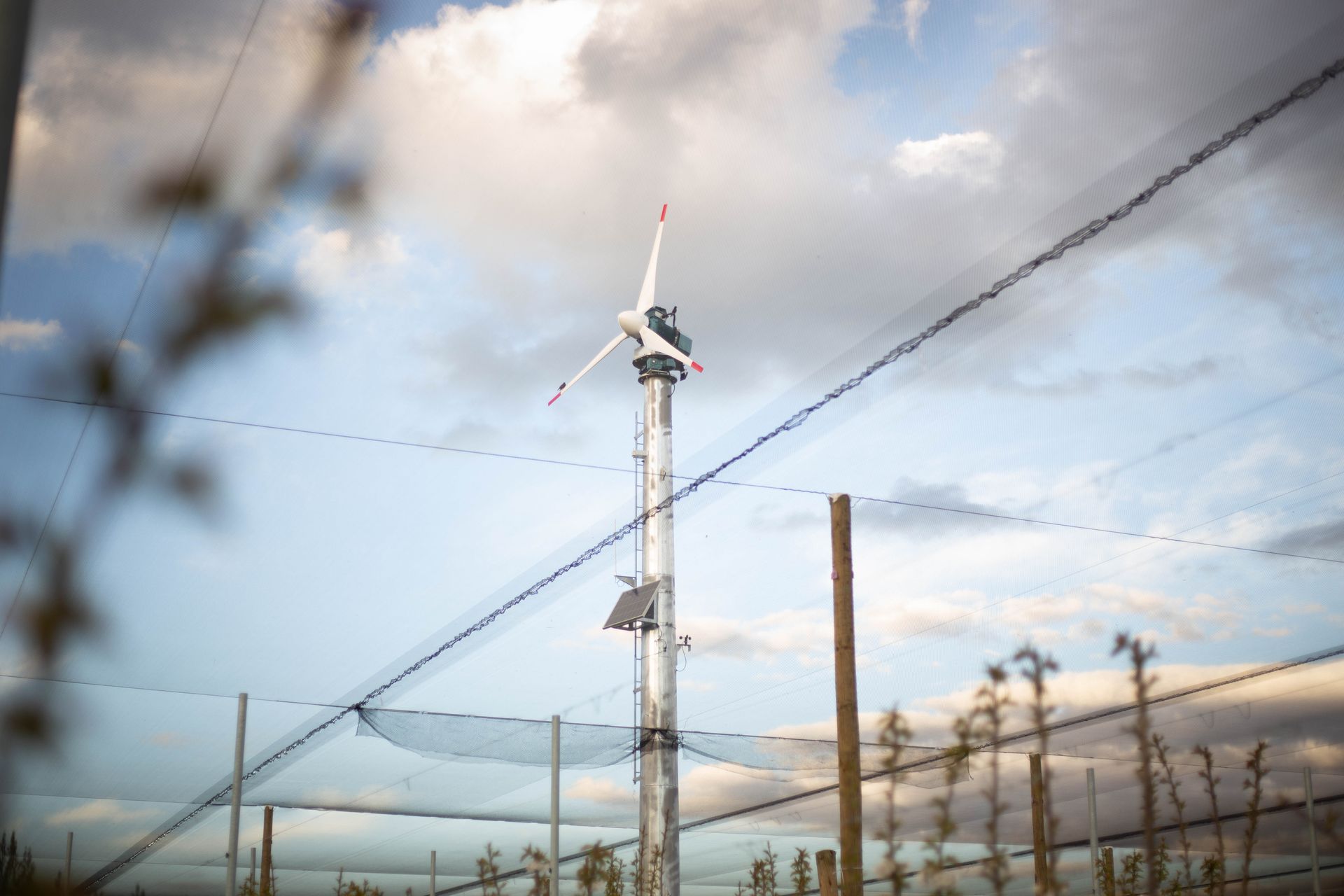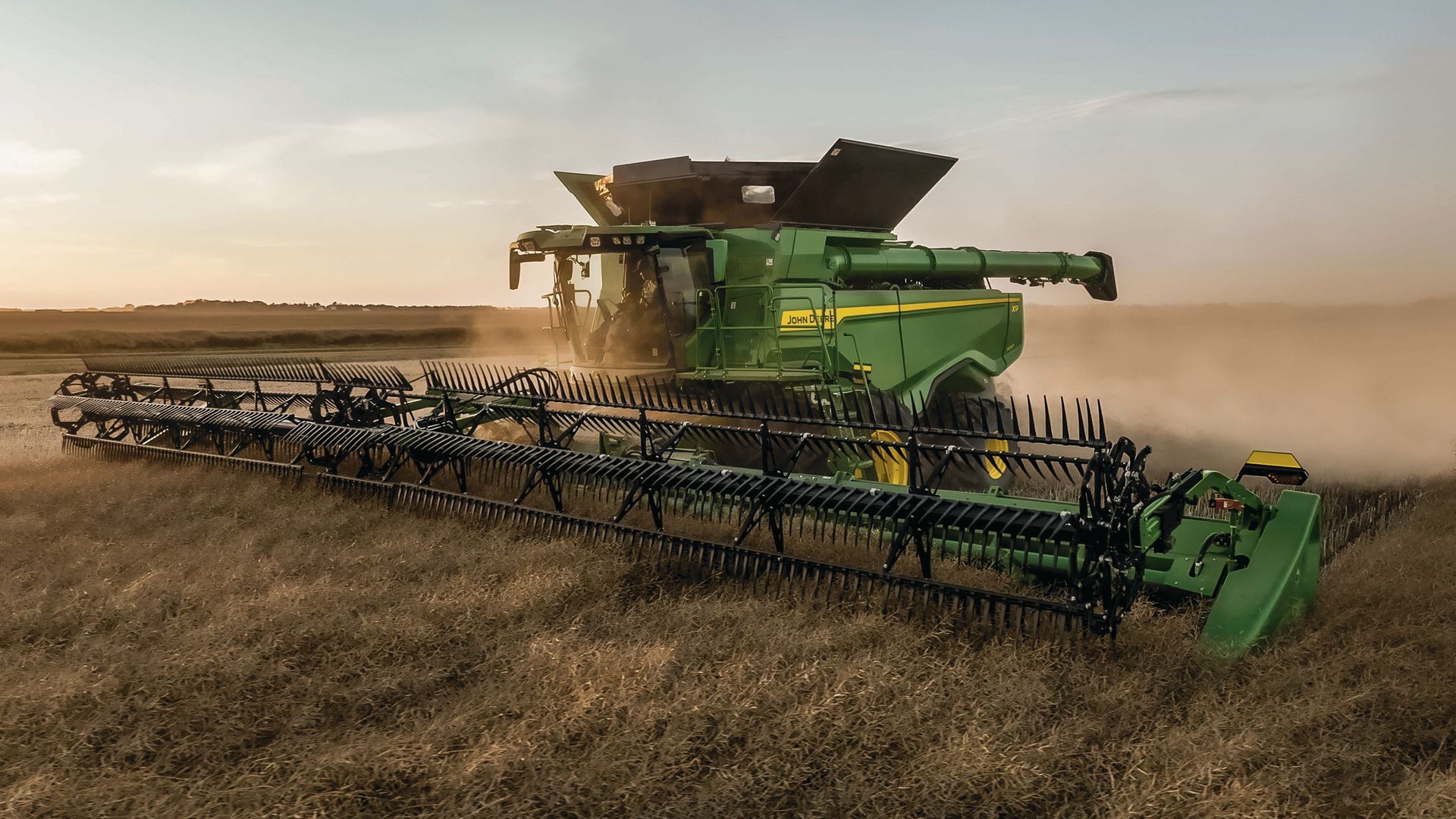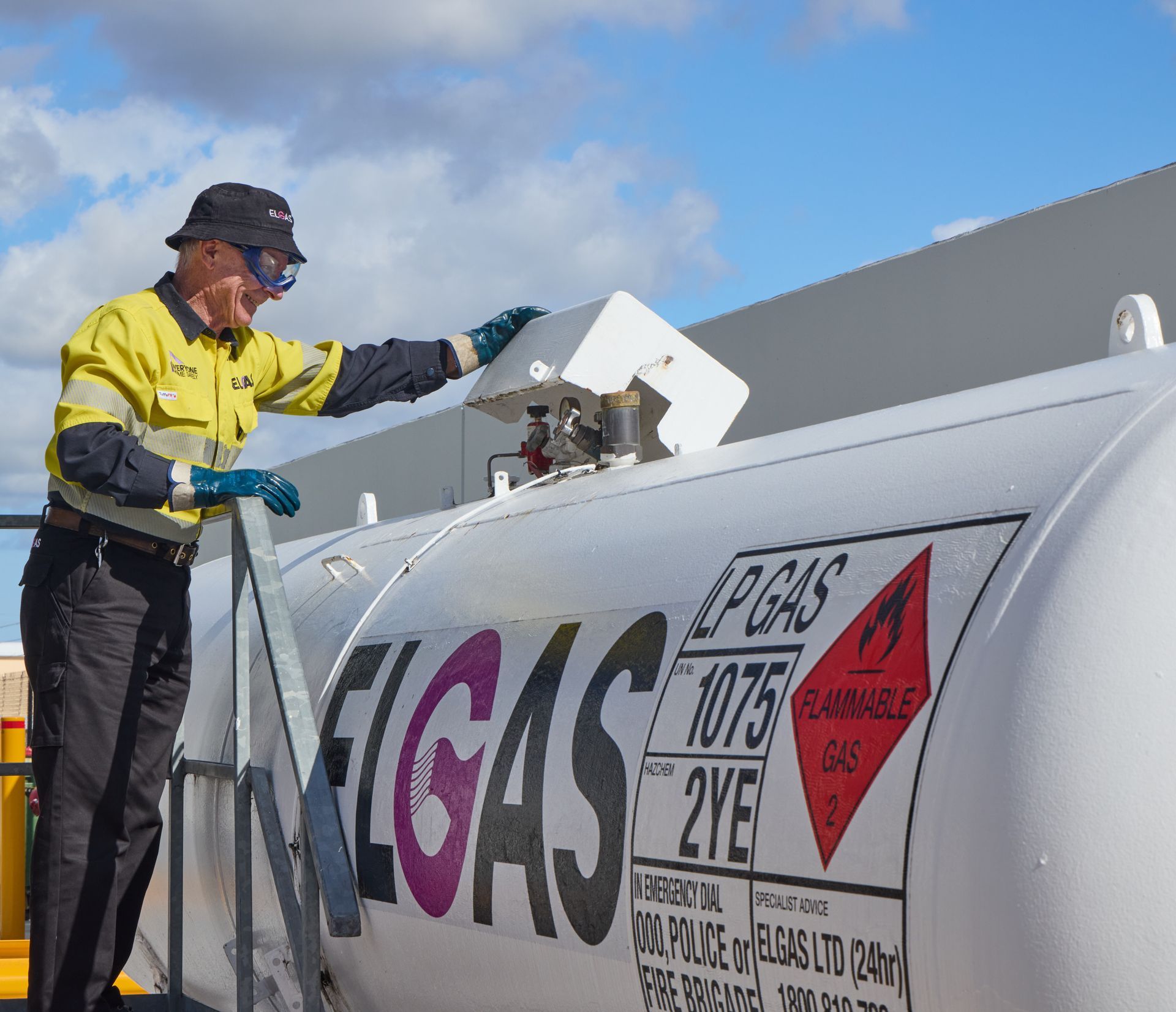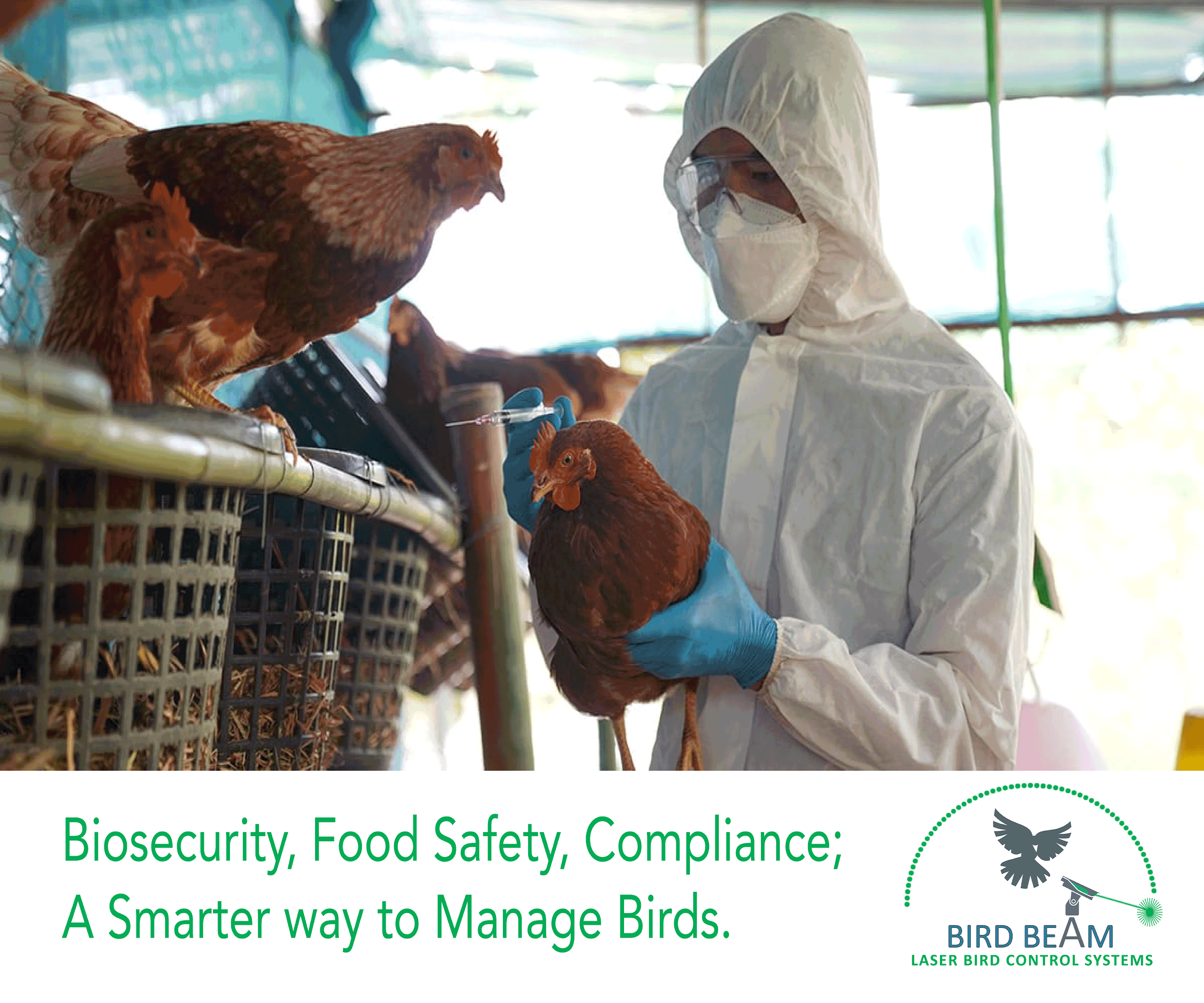1MG FlippingBooks
Blog Post
Good eggs: roaming chickens more productive than nest-dwellers
Elizabeth Gracie

Researchers at Australia’s University of New England (UNE) have found that free-range chickens are more productive when it comes to egg-laying due to increased levels of general wellbeing in one of the most ambitious chicken tracking projects ever undertaken.
The project was conducted in collaboration with the Precision Agriculture Research Group and the Computation, Analytics, Software, and Informatics team at UNE.
Dr. Isabelle Ruhnke from UNE led the project and used electronic tags to track approximately 15,625 chickens across five separate free-range chicken sheds from the age of 16 weeks to 74 weeks when they were removed from the shed.
She found that chickens who are free-range produce 15 - 20 percent more eggs at 22 weeks of age than those who stay in the nest, overturning a long-held belief of egg producers that ranging chickens are less productive.
According to Dr. Ruhnke, a 15 percent difference in productive capacity is significant.
“In some operations, a one percent increase in egg output can translate to hundreds of thousands of dollars in extra revenue a year”.
However Dr. Ruhnke says it is important to remember that giving chickens the opportunity to range does not necessarily mean they will accept the offer.
“Despite thousands of generations of domestication, some birds are likely to feel vulnerable under open skies and feel safer undercover” said Dr. Ruhkne.
The findings of this research also opened up questions surrounding chicken management and feeding habits.
“If the ‘rangers’ and the ‘stayers’ peak with their production at different times, as we have found, then producers can probably benefit from providing different feed mixes to the chickens often found outside, the lower feeders tiers of the shed, and those who rarely leave but stay on higher in-shed structures,” said Dr. Ruhkne.
“Feed can represent up to 70 percent of the cost of egg production”.
According to UNE, the project has shown the value of tracking individual hens to identify patterns of behavior.
Share
Tweet
Share
Mail
NEWS
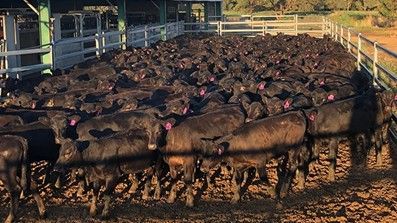
By Michael Crowley
•
February 10, 2025
Following from another record year for beef production and exports, we anticipate opportunities for Australian beef to continue into 2025, especially in markets like the US which is in a cattle herd rebuild and was our number one export destination for beef in 2024.
A selection of The Australian Farmer Sponsors - Click on a banner below to find out more...



